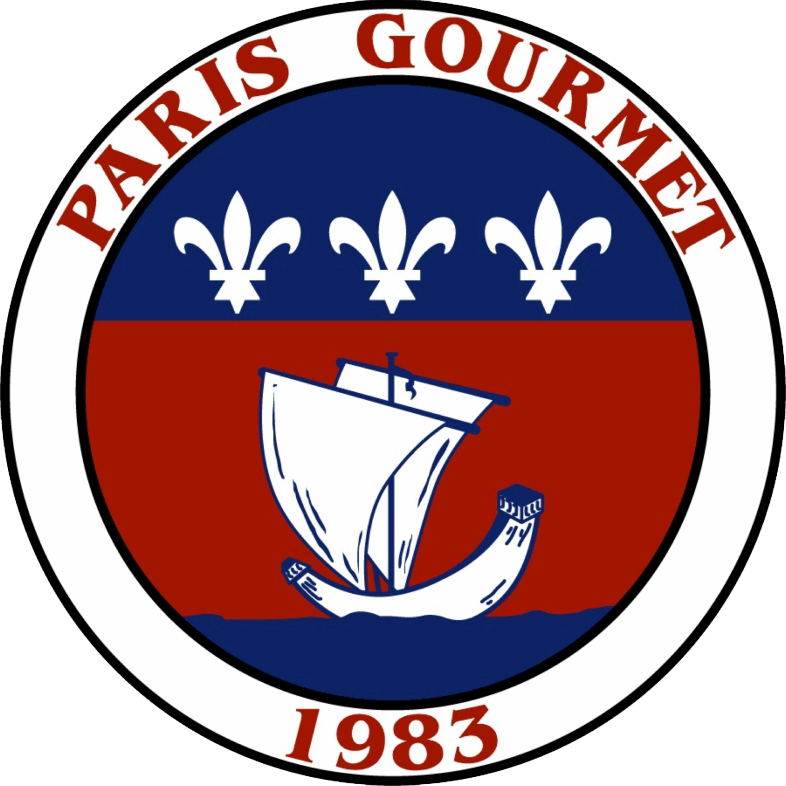Regional Delicacies - Tourtière de Gascogne
- By Charlotte Brown
- March 13, 2024
TOURTIÈRE, CROUSTADE OR EVEN PASTIS, THE NAME OF THIS GASCONY PRODUCE VARIES ACCORDING TO THE DEPARTMENT. THERE ARE A FEW VARIATIONS, BUT THE PRODUCTIN THE SPOTLIGHTTODAY IS THE TRADITIONAL TOURTIÈRE À L'ARMAGNAC.
Text by Aurélie Francart, photographs by Doud, with contributions from Jean-Claude Lasterle
Sources: Cyrille Vidal, Jean-Claude Lasterle, Nouvelle Aquitaine Tourisme
A combination of crunch and melt-in-your-mouth softness
France through its regional delicacies
Whether you're in the Landes, the Gers or the Hautes- Pyrénées, much about the Tourtière remains unknown. From its origin to its name and composition, there are still many grey areas surrounding this gastronomic gem from southwest France. Known as Tourtière de Gascogne, Tourtière à l'Armagnac, Tourte Landaise, Croustade aux pommes or Pastis Gascon, this pastry is a combination of crispness and melt-in-the-mouth softness, enhanced by the flavors of an ancestral liqueur: Armagnac.
DISTANT ORIGINS
Its origins are unclear, even to craftsmen heir to Gascon traditions. According to some, Tourtière originated in the Middle Ages, while others believe it dates back to ancient Egypt. The tourism team of the Nouvelle-Aquitaine region assures us that Tourtière Landaise dates back to ancient Rome. It was then known as crustata (Latin). Like other local products, it was first made "privately", in families, for festive events. Over the years, Tourtière has become an emblematic product of Gascony, this cultural territory and linguistic understanding between the French regions of Occitania and Nouvelle- Aquitaine and Catalonia (Spain).
PATIENCE AND DELICACY
Characterized by a perfectly crisp pastry, Tourtière requires patience and a great deal of skill. Some make it using filo pastry. But the traditional tourtière, filled with apple and Armagnac, is based on a dough divided into pieces that are left to rest for a few hours before being shaped by hand. What makes this dessert unique is that it is made up of multiple layers of this finely- stretched pastry. It's so thin that it's known as the "bride's veil". Jean-Claude Lasterle, who has been making Tourtières and
Croustades in Tarbes since 1986, makes his dough and balls it the day before shaping. After two hours at room temperature,
the dough pieces spend between 5 and 6 hours in cold storage at 4°C. Jean- Claude is ready by 4am. The dough balls are then stretched a first time and rested for 20 to 25 minutes before repeating the process. After another 5-minute wait, the pastry chef stretches the dough again, and it falls back about 10 cm on each side of a 1.80 x 1.10 m surface. These breaks are essential to preserve the dough. Without them, we wouldn't be able to stretch the dough so thinly without tearing it.
A GENEROUS FILLING
Once this stage is complete, the dough is cut and several layers are stacked in circular molds. Where Jean-Claude cuts in a circular pattern and places three layers on top of each other, Cyrille Vidal, artisan in Aire-sur-l'Adour (Le pâtissier gascon), cuts squares of dough. Both then garnish the Tourtière with apples and drizzle with Armagnac syrup. Beyond skill, Armagnac is of course the product that makes all the difference when tasting this dessert. This eau de vie, obtained by distilling dry white wines, is aged in oak barrels. With a syrup base, the alcohol enhances the taste of the apples. First added to the apple filling, the syrup is also sprayed onto the still-boiling tourtière as soon as it comes out of the oven. "I also spritz a little more at the time of sale," says Jean-Claude Lasterle. Here again, it's up to the chef, as is the cooking time.
While Cyrille Vidal bakes for around ten minutes in an oven at 180°C, Jean- Claude Lasterle bakes for around forty minutes in an oven at 200-210°C. Tourtière can be eaten cold or lightly warmed.

VARIATIONS WITH OTHER FRUITS
While their traditional products are apples and Armagnac, these artisans also offer variations such as apple-prune, raspberry-blueberry and pear-chocolate tourtière, or even savory versions with foie gras and Floc (another Gascony
spirit) for Cyrille, or even almond cream, apple-almond cream, apple-blueberry or apple-raspberry for Jean-Claude. This product is becoming rare, as its craftsmanship is a well-kept secret. This means it’s all the more satisfying when you taste a traditional Tourtière, made by passionate chefs.
